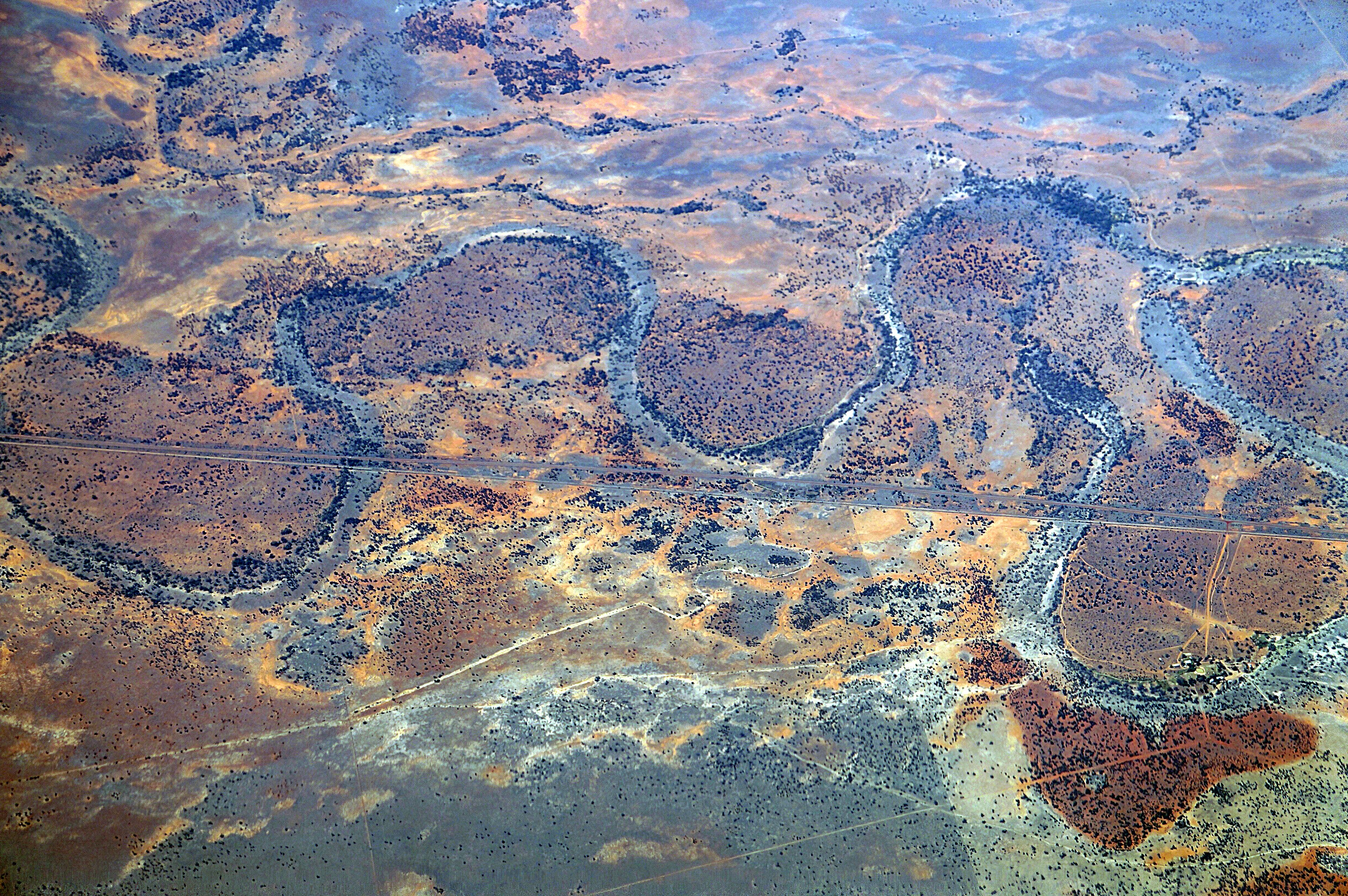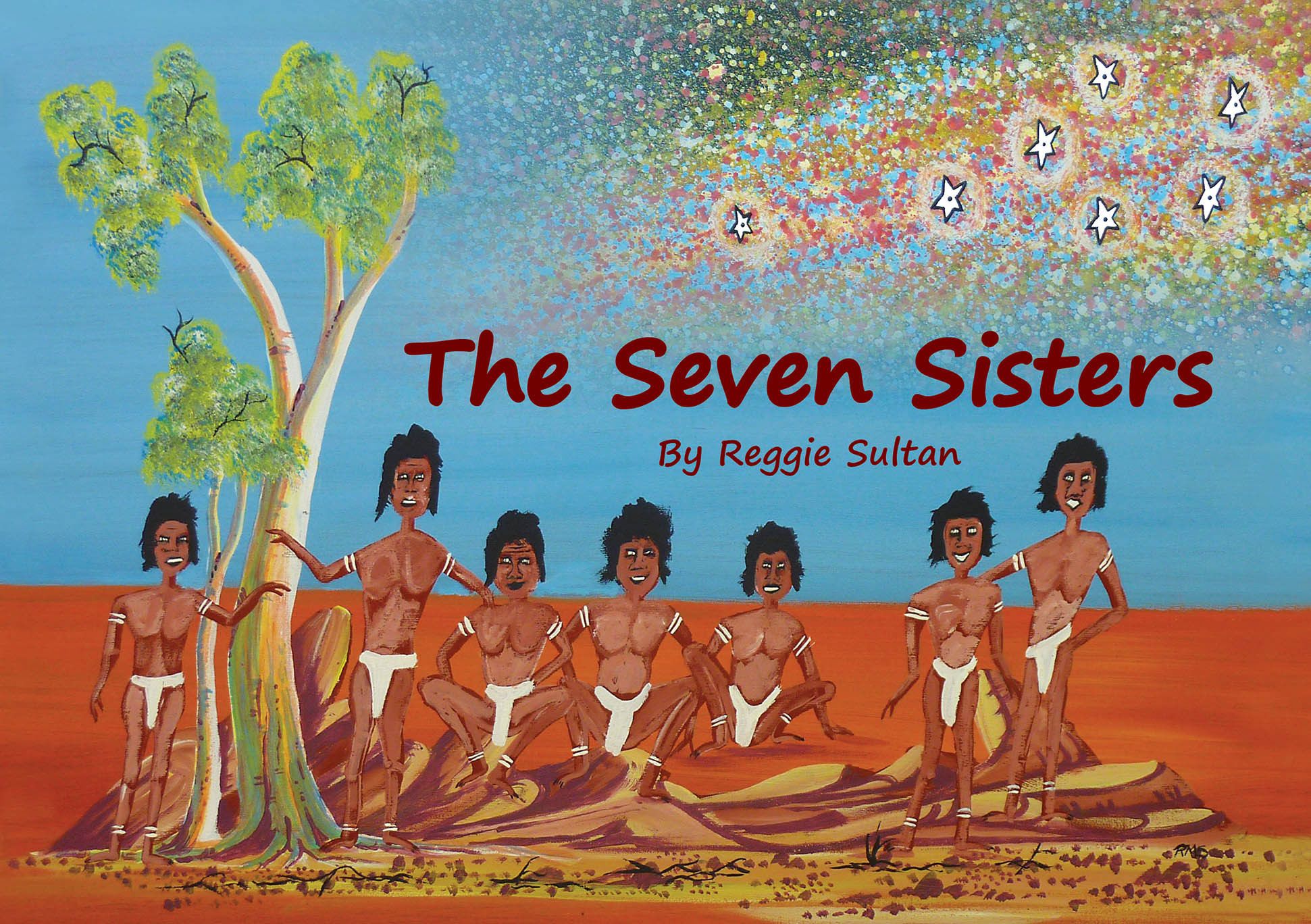Home/Curriculum resources/Reading and navigating through songlines/Activity 4 (Part two of three): Learning about techniques of orality and memory
Learning Areas:
English, Humanities and Social Sciences, Mathematics, The Arts
Year levels:
Level 3, Level 4

Activity 4 (Part two of three): Learning about techniques of orality and memory
This activity is a part of the Reading and navigating through songlines resource.
Murray-Darling Basin. Wagga Wagga, Wiradjuri country. Photographer: Mangiwau. Source: Getty Images. Used under licence.

Activity 4 (Part two of three): Learning about techniques of orality and memory
It is suggested that students source a personal story from a family member or special friend prior to this activity.
Focus: This activity explores orality and memory techniques. It highlights the role and importance of storytelling in Aboriginal and Torres Strait Islander life.
Possible overarching question: How do Songlines help us understand the connection between land, culture, and communication in Aboriginal and Torres Strait Islander cultures?
Step by step guide
Step 1: Introduction to Orality and Memory
Step 2: Personal narrative exploration
Step 3: Interactive Memory Exercise
Step 4: Reflective discussion and connection
Required Resources:
Teacher Support Material
Picture Story Book "The Seven Sisters" by Reggie Sultan (Kaytja)
Personal narrative template, example and annotated text

Step 1: Introduction to Orality and Memory
It is not expected students fully understand the concept of Orality at this age. However, this activity provides an opportunity to introduce the concept, which will be explored more explicitly in later year levels. This information has been provided to develop your understanding as an educator.
Provide a basic understanding of oral tradition, explaining how stories, histories, and knowledge are conveyed through spoken word, songs, and other oral expressions. Share a brief, age-appropriate example of an Aboriginal or Torres Strait Islander story or songline that has been passed down orally, such as "The Seven Sisters" by Reggie Sultan (Kaytja), emphasising its importance in maintaining cultural heritage and connection to the land.

Help students make the connection between these oral traditions and the ways stories, histories, and knowledge are conveyed. Refer to the anchor chart and examples from Activity 2 Exploration Stations to support this discussion.
Create a list of elements that help people remember stories or events, which can serve as a scaffold for the next step. Examples could include rhyme, rhythm, humour, landmarks, objects, repetition, and descriptive language.
Step 2: Personal Narrative Exploration
Note: A template, example and annotated text has been provided to support this part of the activity.
Encourage students to recall a family story or significant memory shared with them by a relative or family friend. If possible, have them prepare in advance by asking their relative or friend for a story. You may like to send the students home to collect an example of ‘oral history’ using a voice recorder or similar tool to note down this story.
Facilitate a session where students share these stories in small groups or pairs, focusing on the details that make them memorable and the elements that help them recall and connect with these narratives. You could refer to the list created earlier to support students with this task.
Step 3: Interactive Memory Exercise
Engage students in an interactive activity where they attempt to remember and recount each other's stories, emphasising the role of listening and memory in oral tradition – making connections with the generated list of elements.
Facilitate a discussion where students reflect on the challenges and strategies for remembering oral narratives, drawing parallels to how songlines and other cultural stories are learned and remembered.
Step 4: Reflective Discussion and Connection
Conclude with a discussion on the significance of oral tradition in maintaining cultural and personal identities.
Revisit the anchor chart to add any new insights or reflections, linking back to the overarching question and reinforcing the continuity of learning and connection between lessons.
Ask students to reflect on how they think they might use the knowledge they’ve learnt about making things memorable in their school life, and their home life.

Related activities within this resources:

Activity 1: Modes of Communication
This activity aims to help students explore and understand various modes of communication and their purpose. Through a Gallery Walk, investigation, and reflection, students will examine different communication modes. They will identify how these modes are used to share knowledge, navigate, and help people. By unpacking maps and pathways, students will develop a foundational understanding of communication's role and how songlines function as pathways across the land.

Activity 2: Introduction to songlines
This activity builds on Activity 1, where students explored various modes of communication. Now, students will be introduced to songlines, a complex and integral part of Aboriginal and Torres Strait Islander cultures. Through engaging in exploration stations, and reflecting on their learning, students will explore the mode, purpose, and significance of songlines. This activity will help students start to understand how songlines connect land, culture, and communication.

Activity 3: Songlines as Navigational Guides
This activity aims to deepen students' understanding of how songlines function as navigational guides and routes for trade, ceremony, and social interaction, to find materials for tools, food, water, and shelter. Focusing on the natural and cultural landmarks that support navigation, students will explore various aspects of songlines through class discussions and case studies, concluding with revisiting the class anchor chart.

Activity 4 (Part one of three): Creating a Map/Pathway
This activity has three distinct parts. In this part of the activity, students are asked to connect their understanding of maps and mapping by creating their own personal map of a familiar space, noting key landmarks and features.

Activity 4 (Part three of three): Applying techniques of orality and memory to map/pathway
In this final part of Activity 4, students will bring together their map/pathways from part one and the orality and memory techniques learned in part two. They will create and share oral narratives that guide someone through their map/pathway, using techniques such as song, movement, rhyme, humour, and descriptive language. This activity serves as a culminating learning experience, drawing together the sequence of learning and allowing students to apply their knowledge and skills in a meaningful way.

Supporting Reading Material
Find two student texts about songlines and supporting reading response templates.